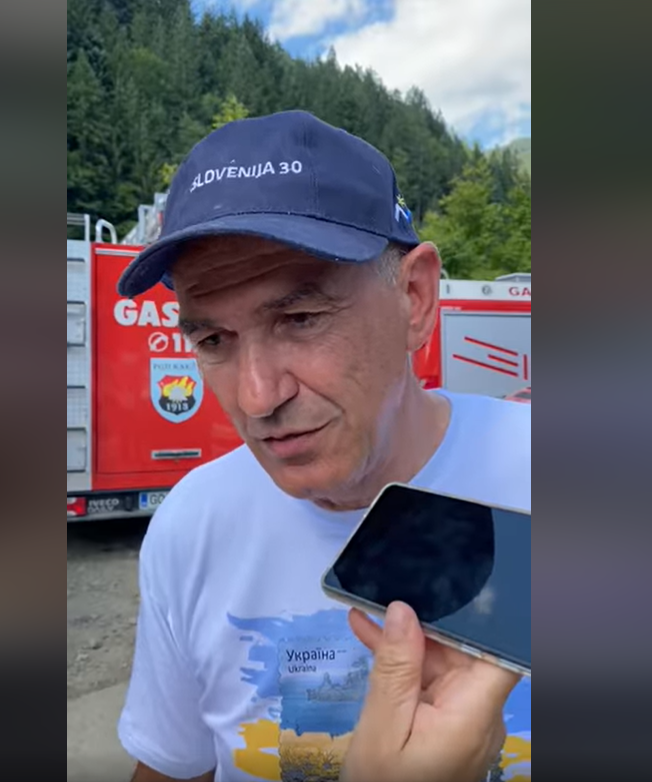“People appreciate the help,” said former Prime Minister and President of the Slovenian Democratic Party (Slovenska demokratska stranka – SDS), Janez Janša, in an interview with Radio Ognjišče. “I am sorry that I cannot be in more places. Slovenian solidarity and the rescue system have proved their worth. People abroad, when they see these terrible pictures and videos, wonder how come there were not more victims, so we have survived the first part of the disaster well, and now we have to face the second part – reconstruction,” said Janša.
We need to organise proper help in order to tell people whether they will still be able to live in these areas and, if not, to help them build new homes as close as possible to where their roots are. The goal is not to move the Upper Savinjska Valley to Celje or Ljubljana, Janša said. “The real challenge for the government is yet to come. So far, the whole thing has been ethically driven, but now we need an apparatus that will redirect the available resources to where they are needed. Money is not the main problem; we have billions of euros of unspent money in the recovery fund, and this money needs to go where it is needed. Water needs to be put back into streams, roads need to be built, homes need to be cleaned. The task at hand is large, but it is not insurmountable.”
As Janša said, Slovenia has shown remarkable solidarity. According to the Commander of the Notranjska Regional Civil Protection Headquarters, Sandi Curk, between 11,000 and 12,000 people were in the field on Monday, having registered via the Floods 2023 app to help others. Namely, 90 work orders were issued for groups of anywhere from 30 to more than 100 people. In addition, around 2,000 people who have facilities in the affected areas or who are relatives and friends of relatives in the affected areas took part in the clean-up and rehabilitation work on Monday.
Anita Gužvič


